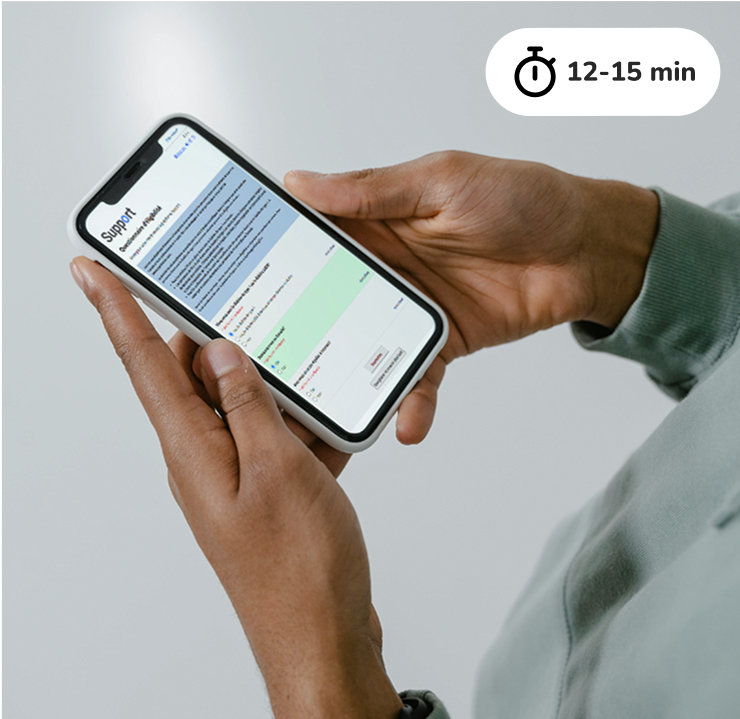Some aspects of how temperature affects diabetes management are known in part, but further studies are necessary to know precisely what impact it has. Discover how heat can influence blood sugar and diabetes management, plus some tips on how to adjust to summer weather.
Impact on blood sugar
Heat can dilate the blood vessels, which speeds up insulin absorption. In turn, this can cause hypoglycemia, especially if you are physically active on hot days, including when you’re outside. What’s more, if you do physical activity under a blazing sun, this effect can be amplified.
Since prolonged sun exposure increases the risk of sunburn, which causes stress to the body and raises blood sugar, it is recommended to stay in shaded areas and apply broad-spectrum sunscreen; this will help protect your skin and minimize the impact on your health and blood sugar.
Dehydration
The heat not only increases blood sugar, but also the risk of dehydration. When in hyperglycemia, the body eliminates excess sugar through urine, and this loss of liquid can increase the risk of dehydration. The risk is especially high on hot and humid days when sweat alone can’t cool off the body.
Insulin and devices: how does heat affect the tools you use to manage diabetes?
Insulin loses efficiency when exposed to extreme temperatures. Unopened insulin must be kept at a temperature between 2 and 8 °C in the refrigerator, and opened insulin can be kept at room temperature (between 13 and 26 °C). However, excess heat or prolonged sun exposure can speed up insulin degradation, which makes it less efficient.
Therefore, it is important to never leave your insulin pump or insulin exposed to the heat (e.g., in full sun, in a car). Heat can also affect the efficiency of other tools such as test strips and capillary blood sugar meters. Make sure to regularly check the manufacturer’s recommendations to ensure your supplies work adequately.
Tips for optimal management in summer
- Stay hydrated. Drink a lot of water to avoid dehydration, especially in hot temperatures.
- Avoid exposing your devices to extreme temperatures. Don’t leave insulin or management tools exposed to the heat or the sun.
- Check your blood sugar regularly. Heat, physical activity and sun exposure can make blood sugar fluctuate quickly; make sure to check your blood sugar regularly.
Following these guidelines will allow you to enjoy your summer and manage your type 1 diabetes more easily.
To find out more
Log on to the platform to discover tools to store your insulin.
Many factors impact blood sugar: view our list here.
References :
- Kenny, G. P., Sigal, R. J., & McGinn, R. (2016). Body temperature regulation in diabetes. Temperature (Austin, Tex.), 3(1), 119–145. doi:10.1080/23328940.2015.1131506
- Vimalavathini, R., & Gitanjali, B. (2009). Effect of temperature on the potency & pharmacological action of insulin. The Indian Journal of Medical Research, 130(2), 166-169.
- Managing Diabetes in the Heat | Features | CDC. (2018, July 12). Retrieved July 8, 2019, from CDC
Written : Sarah Haag, clinical nurse, B.Sc.
Reviewed by par : Amélie Roy-Fleming RD, CDE, M.Sc.




